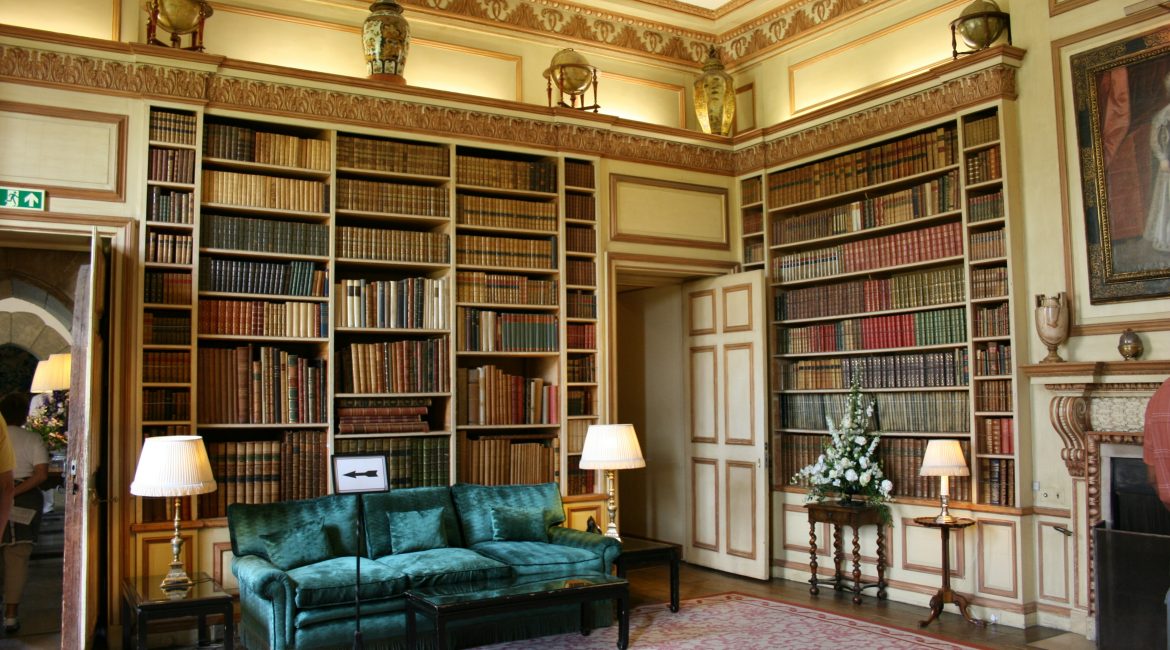History comes alive with living history books.
Perhaps if history had been taught to me through living history books, I might not have dropped it like a hot potato as soon as I was able to do so.
Somehow, the teaching of history to students in school seems to be done in the most tediously dull fashion to not make them interested in the past. Unrelated dates tied together with dry facts written in black ink on an endless series of pages, make the study of the rise and fall of nations, the nature of man (which is shown to be the same across time) and times of war and peace, uninteresting to young people. It also leads them to the inevitable conclusion: How is this going to help me in my life, of what use is my knowing any of this? This is a sad but natural end to the manner of teaching that so many of us endured of this subject in our schooling.
Living books are simply books written in a narrative or conversational style, real books rather than text books. living history books are written in a particular time, even as novels, and teach history without the tedium that most of us associate with school’s presentation of history. We recently read The Pathfinder and Kidnapped, both novels set around the time of the French & Indian War in different places.
A simple glance at the books on our shelves shows that history is a main focus in our household. One whole bookshelf out of 3 contains only biographies written for children. These are our favorite books. By simply reading biographies and historically-placed novels, the children have learned volumes about history.
The biographies that dominate our shelves are mainly from 2 different series: The Landmark series, and the Childhood of Famous Americans series. We prefer books written in or before the first half of the last century, finding the quality of writing as well as their content and character study to be more substantive, and more of the sort of hard-working traits and estimable character that we want our children to emulate and come to know and value.
These biographies are written in such a way as to engage the reader. I remember many years ago my husband read The Story of Louis Pasteur about the inventor of pasteurization and the rabies vaccine. The time my hubby reads for pleasure (usually history, often what I consider to be dull books) is in bed. I recall lying on his shoulder before I drifted off to sleep while he was reading Louis Pasteur, and I lay awake reading over his shoulder long past the time I meant to go to sleep. They really are well-written, and there is so much history contained in them.
One set of biographies that might not come to your mind is the Little House series. There are nine books in the series written by Laura Ingalls Wilder, and the tv show Little House on the Prairie is based on a part of that series. There is a lot of information in these autobiographical novels, to give knowledge about the time on the frontier of the country.
Our unit studies using the 6 Genevieve Foster books show history in a horizontal way – different people in different countries whose lives intersect (or sometimes don’t) all at the same time, covering geography and history. There is a lot of history without being bogged down by dry dates and facts, written in a way to draw you in to find out more about the people and times.
Here are a few examples of living history books we’ve enjoyed.
- Kidnapped by R.L. Stevenson shows Britain at the time of the French & Indian War
- The Pathfinder by James Fenimore Cooper showed the American frontier at the time of the French & Indian War
- Across Five Aprils is a novel based on Irene Hunt’s grandfather and covers the 5 Aprils of the Civil War in his life
- Aaron and the Green Mountain Boys by PL Gauch is about a little boy during the Revolutionary War who just wants to play a part in the war. (This book was the first book that my children read in its entirety.)
- The Story of Louis Pasteur by Alida Sims Malkus
- Little House on the Prairie by Laura Ingalls Wilder (and the others in the series) about a family settling on the frontier
- Columbus & Sons by Genevieve Foster
- The World of Capt. John Smith by Genevieve Foster
- The World of William Penn by Genevieve Foster
- Aaron and The Green Mountain Boys by Patricia Lee Gauch
- The Thieves of Ostia by Caroline Lawrence
- The Cat of Bubastes by G.A. Henty
History doesn’t have to be boring. If it was to you, try using living books with your children for a more lively lesson in the past of the world and the people on it.





